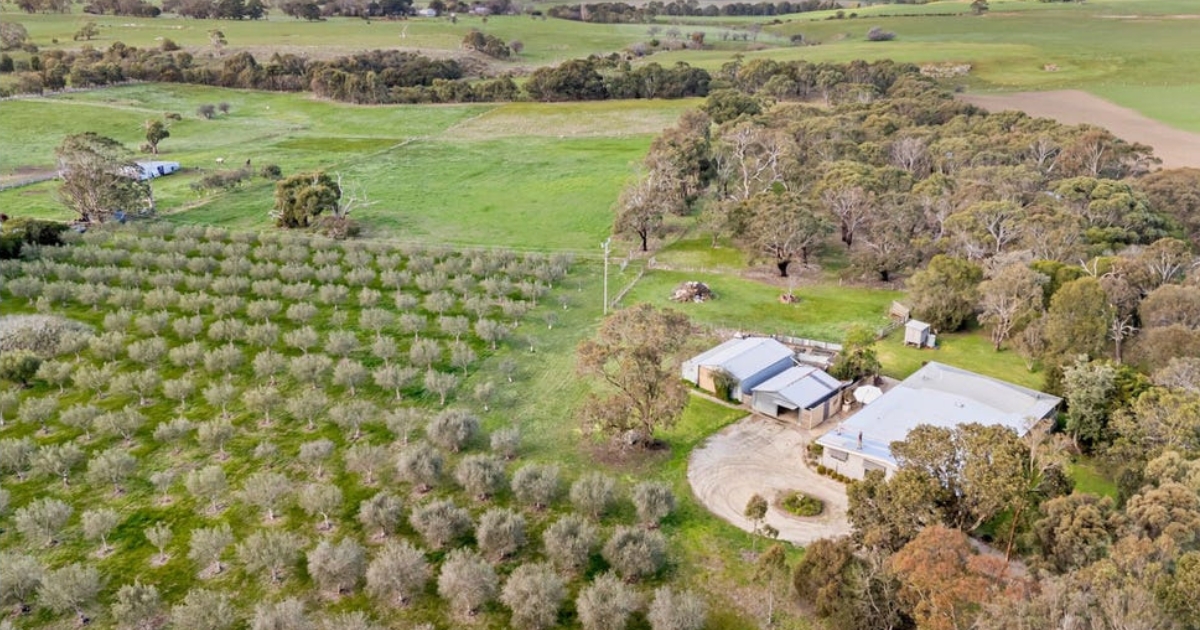What are planning overlays?
UNLIKE zoning, planning overlays are specific to the land on which your property is located and directly impact your ability to rebuild or renovate on your property.
If you are a developer, are looking to build a new home or a renovating your home and considering what types of extensions you can explore, planning overlays are key to your ability to move forward.
The most common types of planning overlays are:
1. Land management – considerations and restrictions that relate to the nature of your land.
2. Heritage and built form – what sort of heritage listing does a building have that you want to renovate or replace, and what specific parts of the building must you conserve.
3. Environment and landscape – is your land home to protected flora and fauna? If so, these overlays may impact your ability to remove vegetation or change the makeup of the environment.
Within these groups are several individual planning classes, which reflect the specific nature of an overlay.
What happens if you don’t research planning overlays?
It may mean you purchase land that is unusable for your planned projects, or at the least, they restrict your initial plans.
For developers, this can break a business, but for regular property owners and renovators, this can result in thousands of lost dollars in time wasted or planning adjustments.
How to find out about your planning overlays?
The best resource for this is Landchecker, is compiles data about planning overlays, zoning, and council information.
Landchecker reveals the various planning overlays as they apply to specific plots, and also includes filters for the type of property and other data, like burglary statistics, heritage information, zoning, cultural heritage sensitivity and more.
Prior to this, there was no easy way to visualise all specific planning overlay classes but as a renovator or builder, you can now get a quick visual of these various classes to better plan your builds.
This enables you to see what sort of reports you may need to add to any planning application you make with a council, saving you the potential headache of permits being rejected due to a lack of due diligence into the type of planning overlays that apply to your land.



















